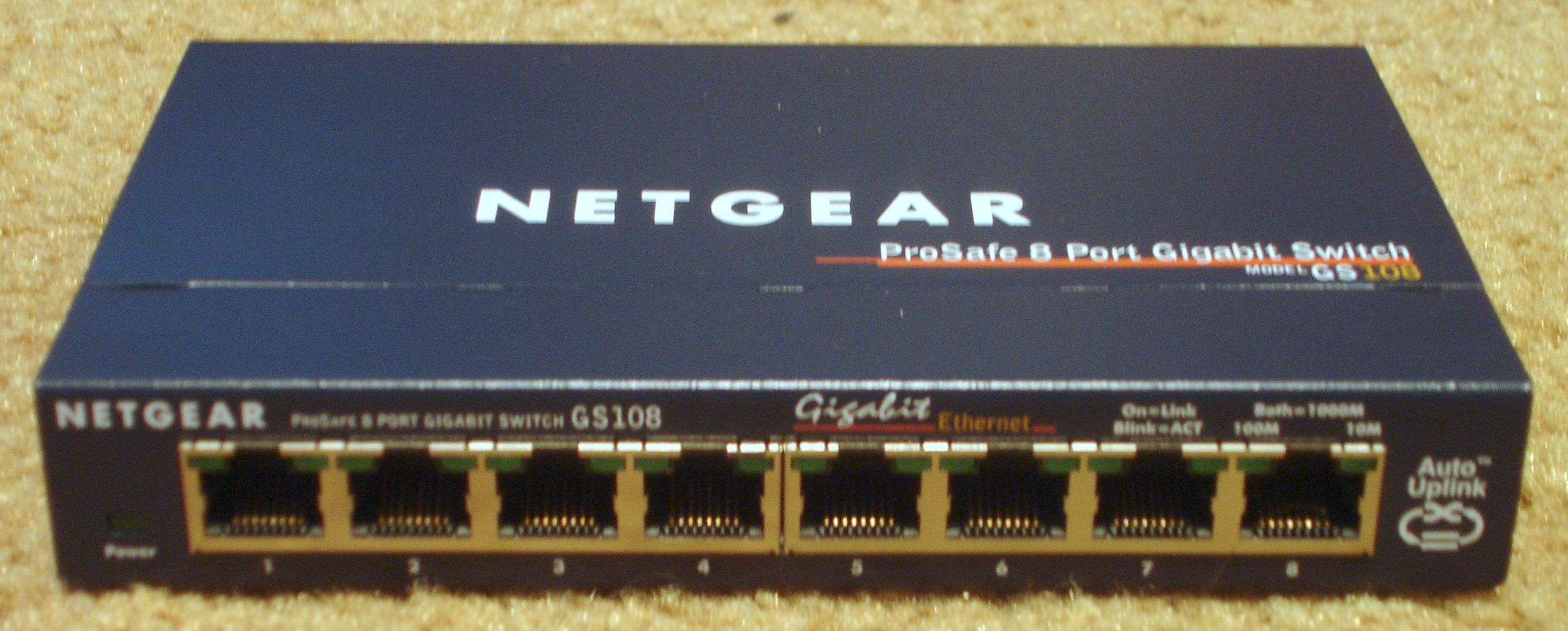nousername
New Member
- Joined
- Sep 15, 2011
- Messages
- 14
- Thread Author
- #1
So yesterday in the early AM's I was browsing my internet and all the sudden, bam.
I lost my internet.
No reason at all, it just happened. This is only my computer, everything else works fine (If internet is out, our TV's don't work)
When I go to my little internet icon in the taskbar, it says Unidentified Network and I have no internet access what so ever.
When I run CMD and use ipconfig /release I get this:
"An error occurred while releasing interface Loopback Pseudo-Interface 1 : The system cannot find the file specified."
I also got this error before:
"An error occurred while releasing interface Local Area Connection : An address has not yet been associated with the network endpoint."
Tech support kept telling me to use ipconfig /flushdns but whenever I entered it into CMD it gave me an error saying something along the lines of "command unrecognized"
I cannot give you guys the full text of what CMD says since it's on a different computer.
This has been going on for two days straight and it's just one giant headache, so please help me guys.
NOTE: People keep assuming I'm using wireless, I am using a direct ethernet cord, not wireless.
/EDIT: I'll tell you what I've tried.
* ipconfig /release and /renew and /flushdns
* Turn off firewall
* Update and Reinstall Driver
* Restarting my modem/router
* Restarting my computer
* Unplugging my ethernet cord and replugging it (also leaving it unplugged over-night)
* Manually assigning the 12 code I'm assuming IP
I lost my internet.
No reason at all, it just happened. This is only my computer, everything else works fine (If internet is out, our TV's don't work)
When I go to my little internet icon in the taskbar, it says Unidentified Network and I have no internet access what so ever.
When I run CMD and use ipconfig /release I get this:
"An error occurred while releasing interface Loopback Pseudo-Interface 1 : The system cannot find the file specified."
I also got this error before:
"An error occurred while releasing interface Local Area Connection : An address has not yet been associated with the network endpoint."
Tech support kept telling me to use ipconfig /flushdns but whenever I entered it into CMD it gave me an error saying something along the lines of "command unrecognized"
I cannot give you guys the full text of what CMD says since it's on a different computer.
This has been going on for two days straight and it's just one giant headache, so please help me guys.
NOTE: People keep assuming I'm using wireless, I am using a direct ethernet cord, not wireless.
/EDIT: I'll tell you what I've tried.
* ipconfig /release and /renew and /flushdns
* Turn off firewall
* Update and Reinstall Driver
* Restarting my modem/router
* Restarting my computer
* Unplugging my ethernet cord and replugging it (also leaving it unplugged over-night)
* Manually assigning the 12 code I'm assuming IP
Last edited:
